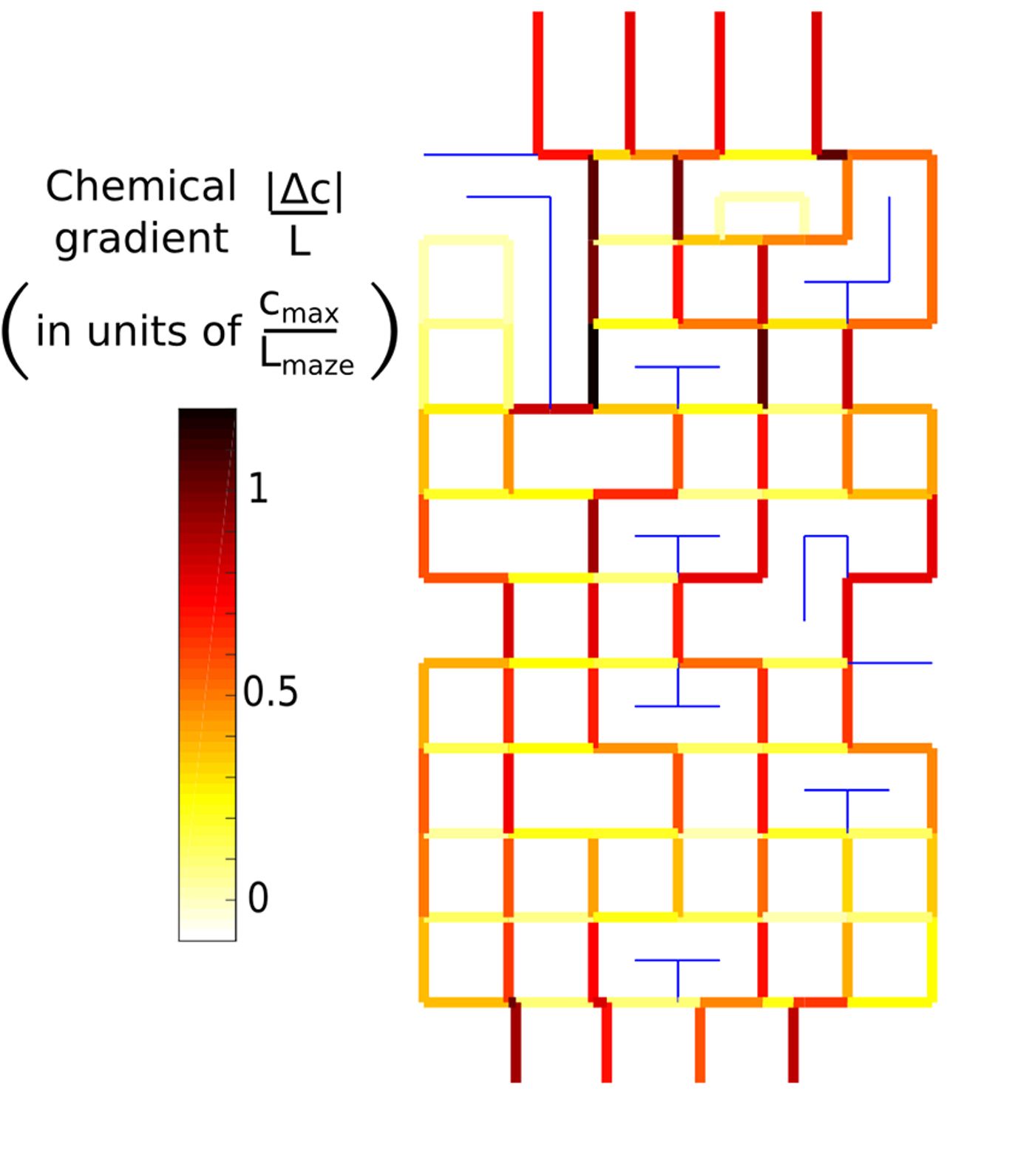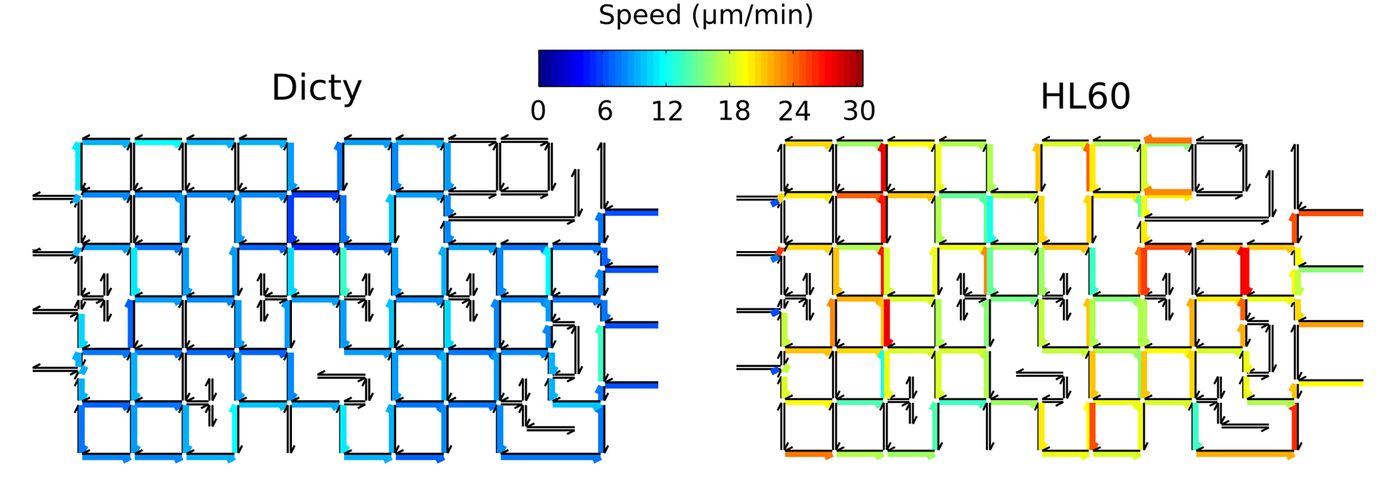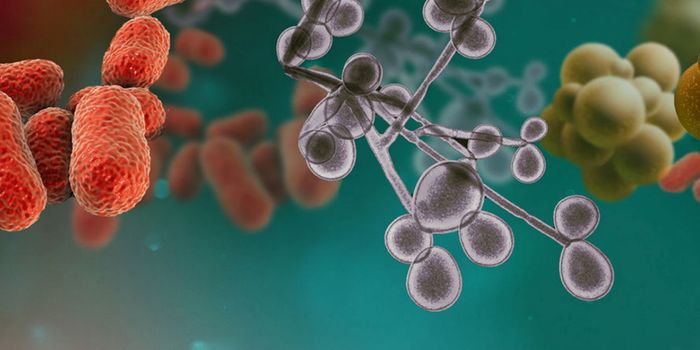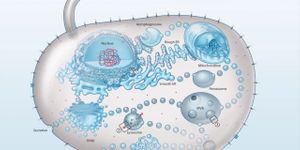The spirit of competition often spurs people to do amazing things, and scientists have decided to use that inspiration to advance our understanding of chemotaxis, the movement of a cell or organism in response to a chemical gradient. That behavior is critical to cells of the immune system, which use those signals to identify and defend against invaders. When they are disturbed by disease, there is currently no way to correct the way they migrate.
Models of chemotaxis have generally relied on two simple systems for analysis, Dictyostelium – an amoeba, commonly known as slime mold (Dicty) and HL60 cells – a thoroughly studied human leukemia cell line. They were chosen for use in a worldwide competition called the Dicty World Races and hosted by bioengineer Daniel Irimia.
Scientists were encouraged and challenged to use whatever pharmacological enhancers and genetic engineering tools they had at their disposal to move their cells through a fluidic maze faster than any other team.
A
paper published in PLOS has collated the findings from the inaugural race, held in 2014. Fourteen teams participated in the races with cell lines supplemented to have increased speed and chemotactic accuracy.

Image from PLOS
The modified cells were injected into a maze-like course made of silicone and 1 millimeter long, under the observation of a sensitive microscope. In the maze was a gradient that cells racing through the course would have to sense and follow, moving from a low concentration of a chemical known as a chemoattractant, toward the highest concentration of the chemical at the end of the route.
The video shows the cells of the winning team, which had to have the highest amount of cells among the first 100 to cross the finish line. That group, the laboratory of Arjan Kortholt and Peter van Haastert, had modified their Dicty cells to have an increased activity of Ric8, a regulator of G-protein signaling. That change likely improved the cells’ ability to perceive the gradient, and made them able to both enter the maze more quickly as well as find the shortest path through it. Thus, the adage “slow and steady wins the race” remained true in this instance.

Image from PLOS
The second place cell line, HL60s that were engineered by the lab of Guillaume Charras, simply ran at the finish line as quickly as possible without much regard for the best path to take. The researchers with that line had enhanced contractility to simply make them able to move very rapidly. This difference was also indicative of more general disparities between Dicty cells and HL60 cells. HL60 cells moved more than twice as fast as Dicty cells, while Dicty cells were far more likely to follow the shortest, directed paths.
The ultimate goal isn’t just to have fun, however. The competition aims to eventually help enhance neutrophil migration under disease conditions by building upon basic fundamentals in model research systems. They have also not only demonstrated the feasibility of such a race but also provided suggestions for improvements of future contests.
Sources:
Science,
PLOS











